The Billion-Dollar Party That Transforms the Bayou State
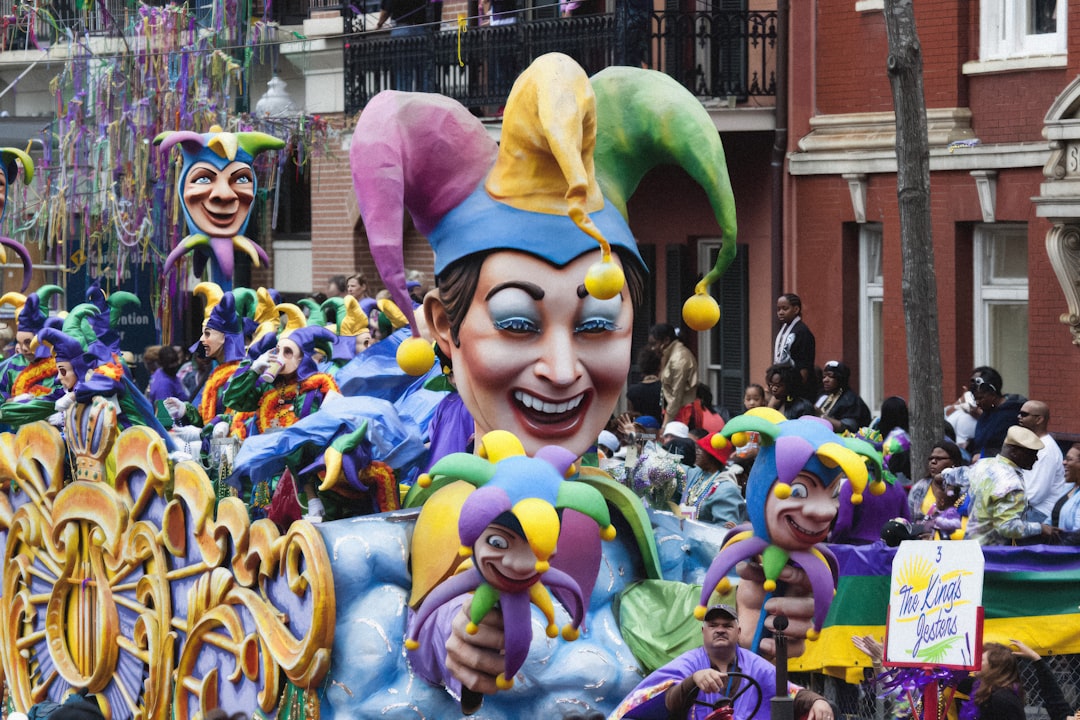
Walk down any street in Louisiana during late winter, and you’ll witness something magical happening. Purple, green, and gold decorations hang from every balcony, King Cakes fill bakery windows, and the air buzzes with anticipation for Mardi Gras. This isn’t just a party—it’s an economic powerhouse that generates nearly $900 million in economic impact for New Orleans alone, with effects rippling throughout the entire state.
The celebration spans far beyond the famous French Quarter revelry most people imagine. Southwest Louisiana boasts over 60 krewes participating in its Fat Tuesday parade, while communities from Lafayette to Lake Charles create their own unique carnival experiences. What makes Louisiana’s Mardi Gras truly extraordinary isn’t its size, but how deeply it’s woven into the cultural DNA of every parish.
Where Ancient Roman Festivals Meet Louisiana Soul
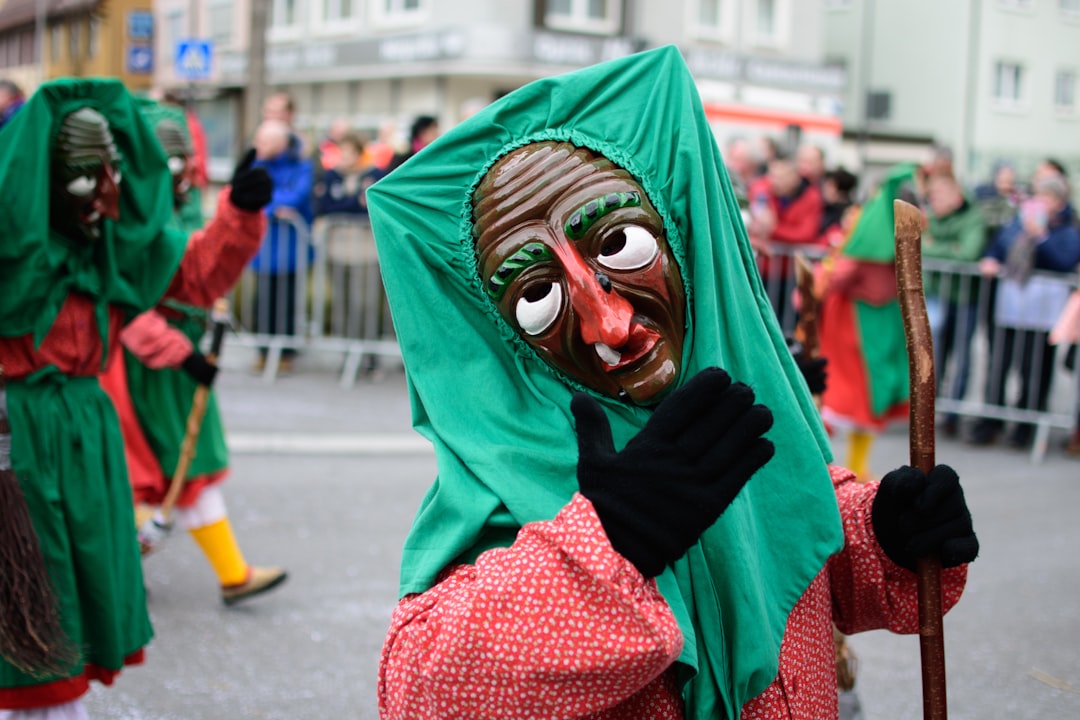
Mardi Gras traces its roots back thousands of years to pagan celebrations of spring and fertility, including the raucous Roman festivals of Saturnalia and Lupercalia. When Christianity spread across Europe, church leaders cleverly incorporated these beloved traditions rather than abolishing them entirely. This fusion created the pre-Lenten celebration we know today, where excess and revelry serve as a final feast before the austere fasting period of Lent.
The French brought these traditions to Louisiana soil in 1699, when Pierre Le Moyne d’Iberville and Jean-Baptiste Le Moyne de Bienville entered the mouth of the Mississippi River on March 2, 1699, which was Lundi Gras. They established the first organized Mardi Gras celebration in what would become the United States in Mobile in 1703, creating a tradition that would eventually define Louisiana culture.
The Secret Societies That Rule Carnival
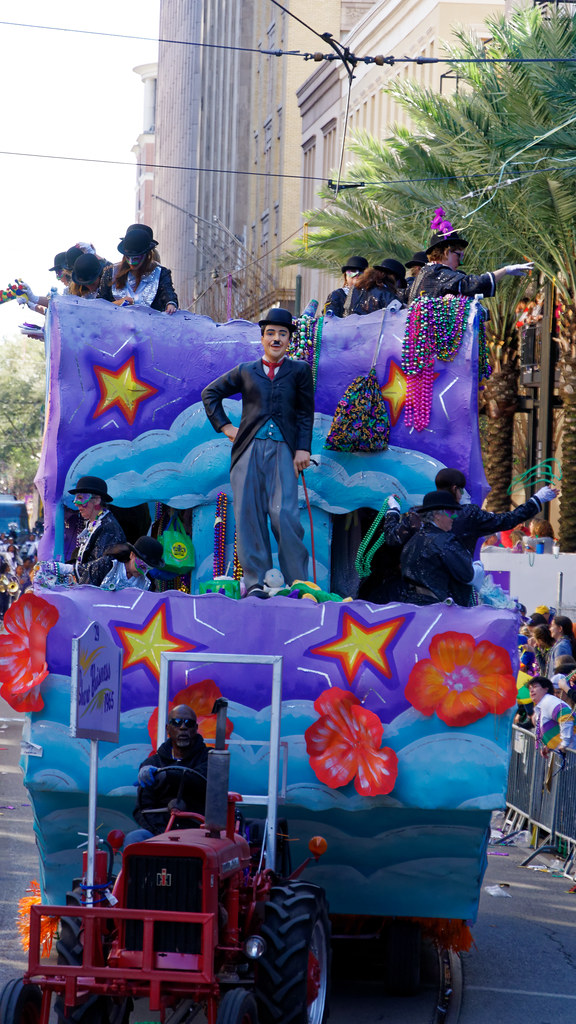
Behind every spectacular float and glittering parade lies a fascinating world of social organizations called krewes. These carnival clubs are chartered as non-profit organizations that celebrate the season through elaborate parades and balls. The word “krewe” itself was coined in the early 19th century by a New Orleans organization calling themselves Ye Mistick Krewe of Comus, as an archaic affectation.
What’s remarkable about krewes is their diversity and inclusivity in modern times, though this wasn’t always the case. Membership fees can range from thousands of dollars per year for elaborate parades to as little as $20 for smaller clubs, with criteria varying from exclusive family-based organizations to groups open to anyone. Some krewes maintain gender restrictions, while others welcome members from all walks of life, creating a complex social tapestry that reflects Louisiana’s evolving cultural landscape.
The Economics of Joy and Community
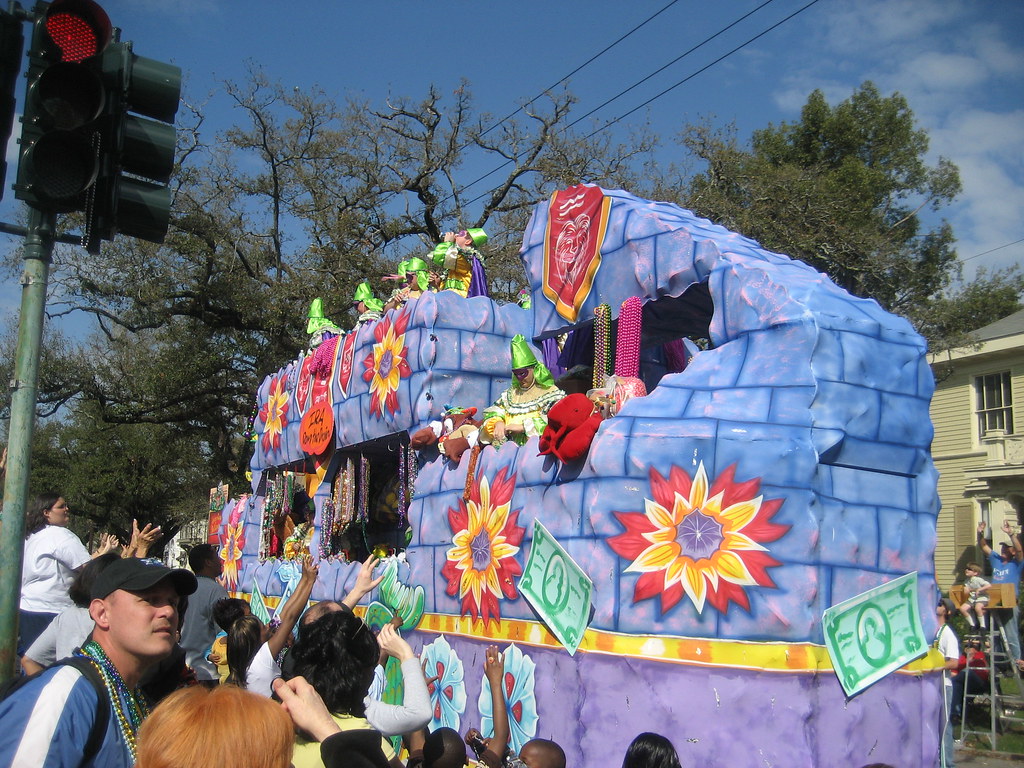
The numbers behind Louisiana’s Mardi Gras celebration are staggering and demonstrate its profound economic importance to the state. Recent studies reveal that the City of New Orleans earns $2.64 for every $1.00 invested in Mardi Gras, while the celebration helped increase state tax revenues by more than $14 million in 2023. This return on investment makes Mardi Gras one of the most financially successful cultural celebrations in the United States.
The economic ripple effects extend far beyond New Orleans, reaching every corner of Louisiana. Tourism supports thousands of jobs across hospitality, entertainment, and retail sectors. Tourism generates nearly 40% of New Orleans’ operating budget and supports 75,000 jobs across hospitality and entertainment, making Mardi Gras an essential economic driver for entire communities.
Purple, Green, and Gold: The Royal Colors That Define a State
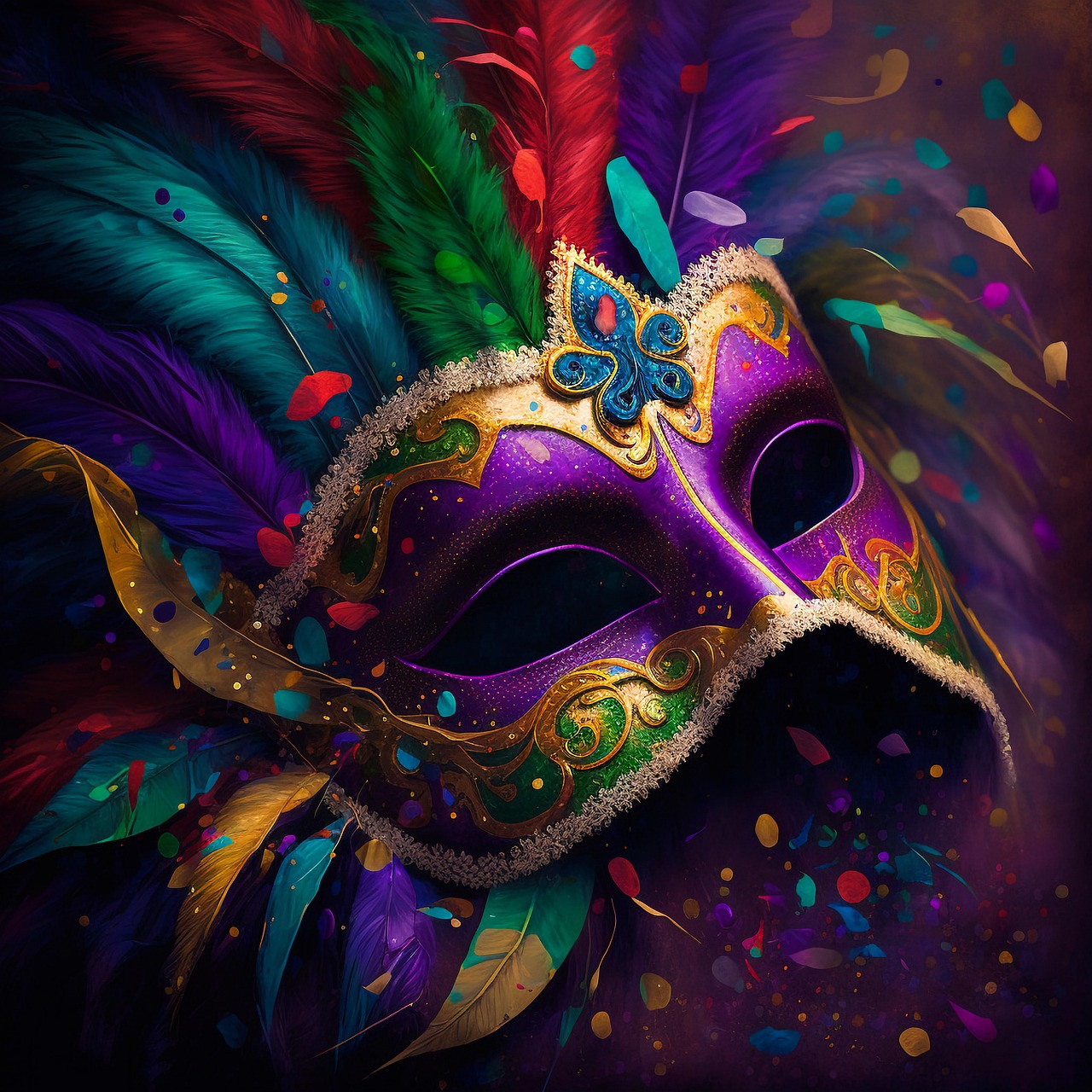
Every Louisiana resident knows the significance of purple, green, and gold, but few understand their historical origins. Rex, one of the oldest Mardi Gras krewes participating in parades since 1872, established purple, gold and green as the iconic Mardi Gras colors. These weren’t chosen randomly—each color carries deep symbolic meaning that reflects Louisiana values.
Purple represents justice, green represents faith, and gold represents power. During Mardi Gras season, these colors transform Louisiana into a living work of art, appearing on everything from elaborate float decorations to simple grocery store displays. The visual unity created by these colors helps bind communities together in shared celebration, regardless of socioeconomic differences.
King Cakes and Culinary Traditions That Sweeten the Season
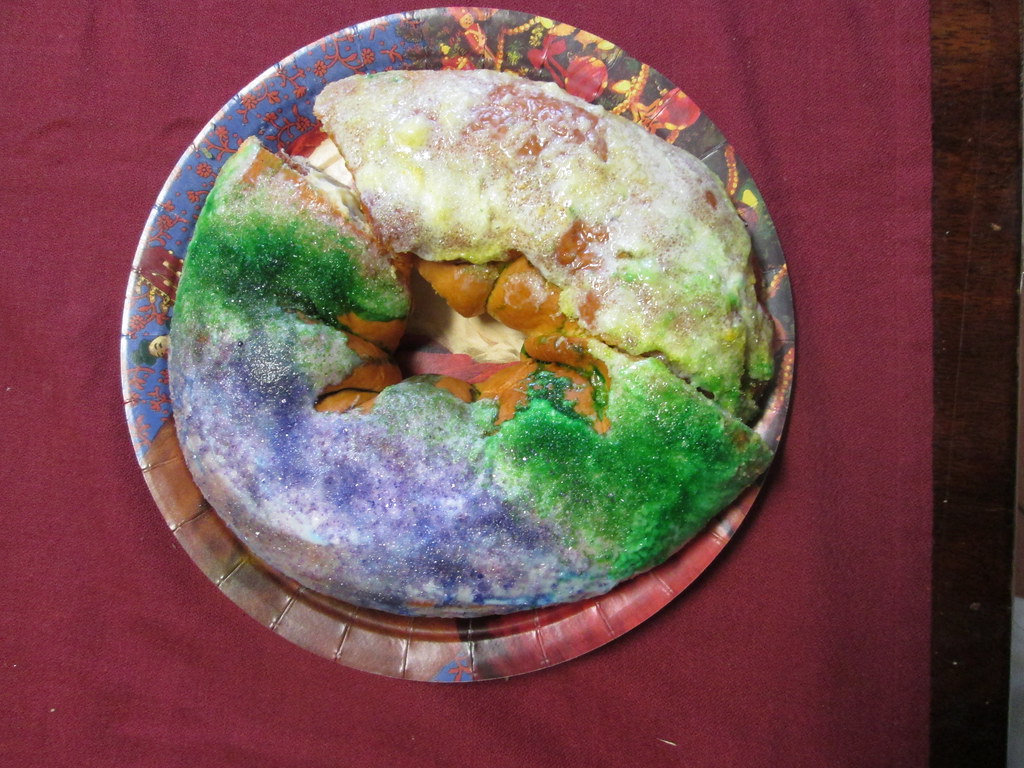
No Louisiana Mardi Gras experience is complete without the iconic King Cake, a culinary tradition that bridges religious observance with community celebration. King Cakes are made from rich dough filled with cream cheese, cinnamon, chocolate, or other goodies, topped with glaze and sprinkles in Mardi Gras colors, with a small baby hidden inside—whoever finds it brings the next cake.
The King Cake tradition demonstrates how food becomes a vehicle for community bonding. In offices, schools, and homes across Louisiana, the weekly King Cake sharing creates anticipation and connection. Beyond King Cakes, these treats are served from Three King’s Day (January 6) through the end of Mardi Gras, extending the celebration across months rather than days.
From Mobile’s First Parade to Louisiana’s Carnival Kingdom
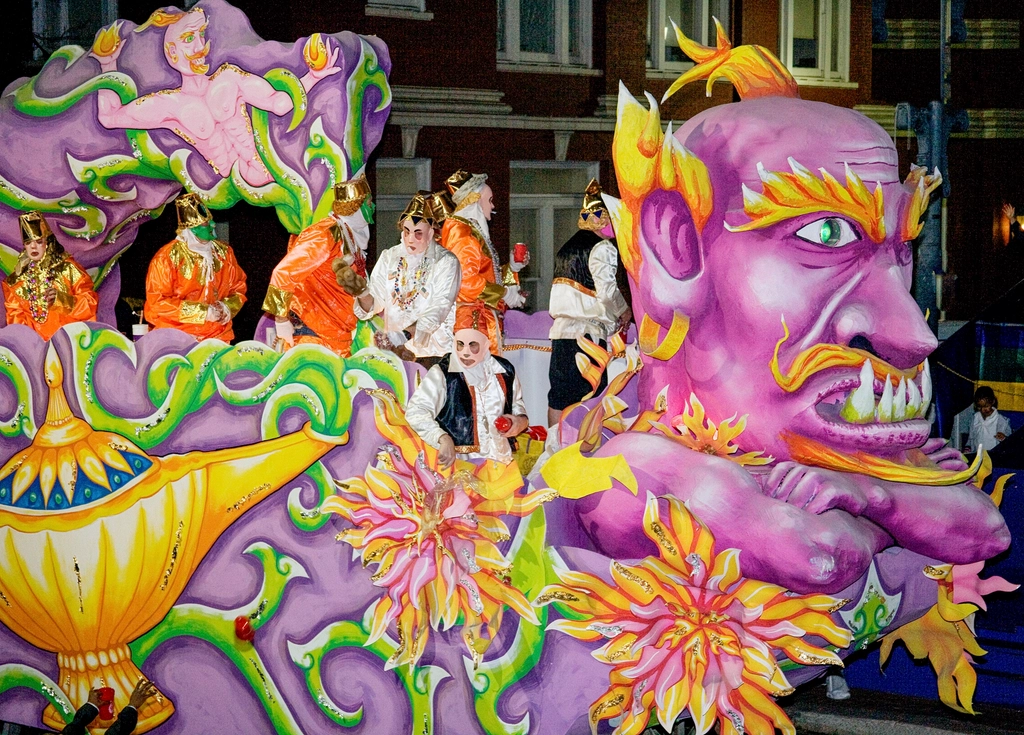
The historical development of Louisiana’s Mardi Gras reveals a fascinating evolution from simple masked balls to elaborate civic celebrations. The first informal mystic society was formed in Mobile in 1711 with the Boeuf Gras Society, followed by the Striker’s Independent Society in 1842 and the Order of Myths in 1867. These early organizations established the template for modern krewes.
By the 1830s, New Orleans held street processions of maskers with carriages and horseback riders, with dazzling gaslight torches or “flambeaux” lighting the way and lending an exciting air of romance and festivity. The tradition grew more sophisticated over time, with the first organized New Orleans parade taking place in 1833, funded by Bernard de Marigny.
The Diverse Krewes That Paint Louisiana’s Carnival Canvas
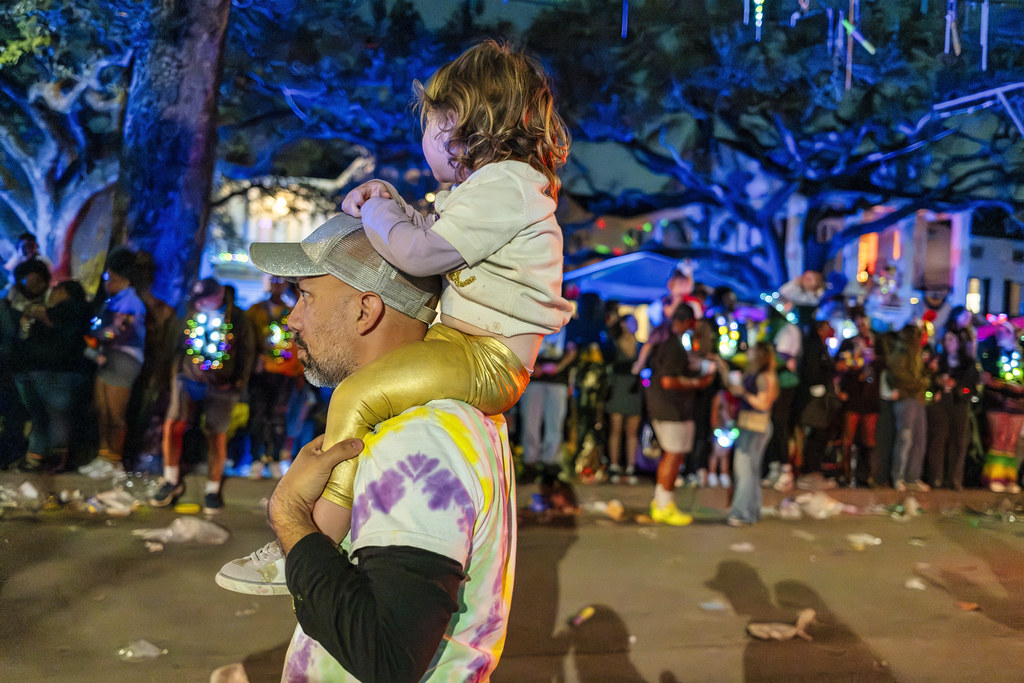
Modern Louisiana Mardi Gras showcases incredible diversity through its numerous krewes, each with unique personalities and traditions. Rex and Zulu are the most famous krewes on Mardi Gras Day, while Endymion, Bacchus, and Muses highlight the weekend before. The contrast between these organizations illustrates Louisiana’s cultural complexity—Rex represents traditional Southern aristocracy while Zulu celebrates African-American heritage.
Women’s krewes have revolutionized modern Mardi Gras celebrations with creativity and inclusivity. The all-female Krewe of Muses, established in 2001 and named after inspirational goddesses of literature, science and the arts, is known for their coveted and sparkly Muses shoes. These organizations prove that Louisiana’s Mardi Gras continues evolving while honoring its historical roots.
Beyond New Orleans: Louisiana’s Statewide Carnival Celebration
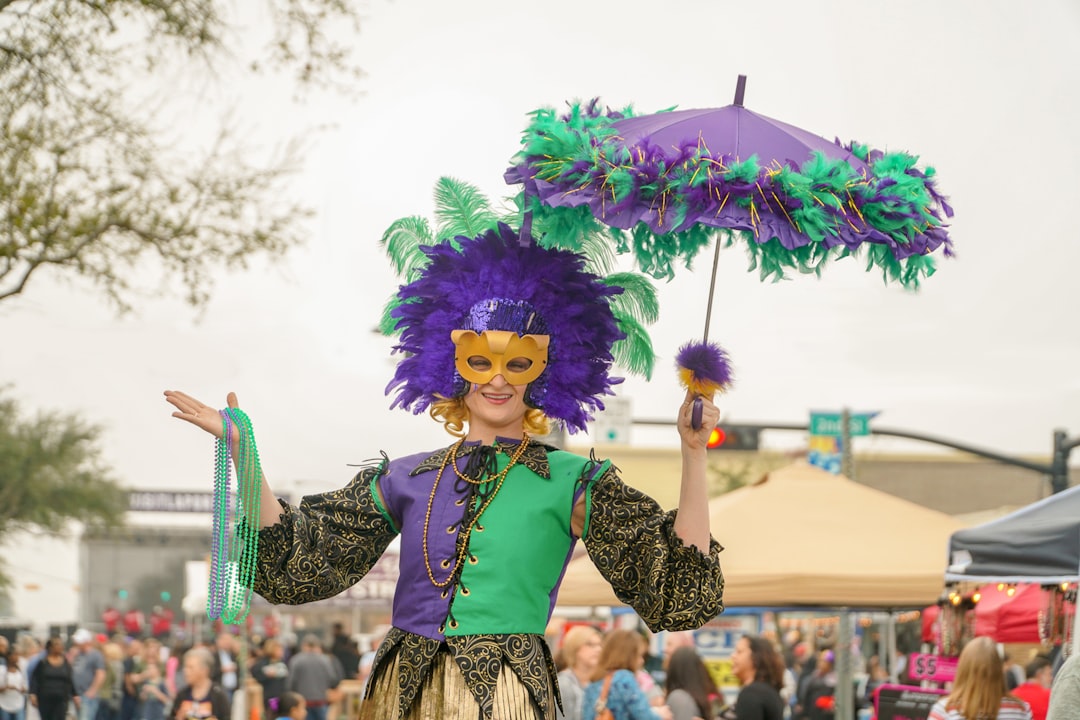
While New Orleans receives most national attention, Louisiana’s Mardi Gras spirit thrives in communities across the state, each developing distinctive local traditions. The Alexandria Mardi Gras Association began in 1994 with local business leaders and enthusiasts, growing from ten floats and four krewes to twenty-three floats and krewes. This expansion demonstrates how Mardi Gras traditions adapt to different communities while maintaining core celebratory elements.
In Lafayette, the Mardi Gras celebration isn’t limited to one day or weekend and includes traditional Courir de Mardi Gras, parades with marching bands, Mardi Gras Indians with elaborate dancing and costumes, and extravagant balls with kings and queens. Each region adds its own cultural flavors while participating in the larger Louisiana Mardi Gras tapestry.
The Throws That Create Magic Moments
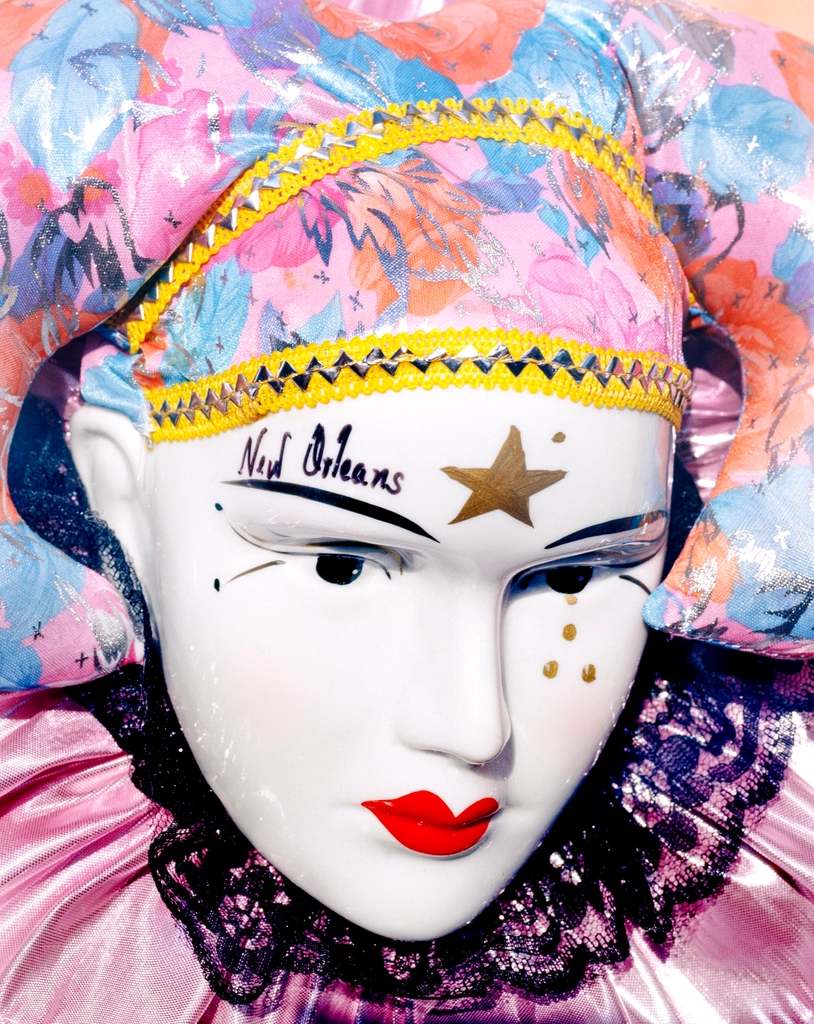
The tradition of throwing beads, doubloons, and trinkets from parade floats creates some of Mardi Gras’s most memorable moments and demonstrates the celebration’s democratic spirit. Krewe members throw beads and trinkets to parade-goers, a tradition dating back to the early 1870s that seems to nod to a king throwing gems to loyal subjects. This gesture transforms spectators into participants, creating shared joy across social boundaries.
Different krewes have developed signature throws that become highly coveted collectibles. The Krewe of Zulu offers one of the most sought-after throws—the Zulu coconut or “Golden Nugget,” with the earliest reference appearing around 1910, while Muses throws bedazzled shoes and Zulu distributes sought-after coconuts. These unique throws create anticipation and excitement that extends far beyond the parade itself.
Mardi Gras Indians: Honoring Heritage Through Spectacular Art
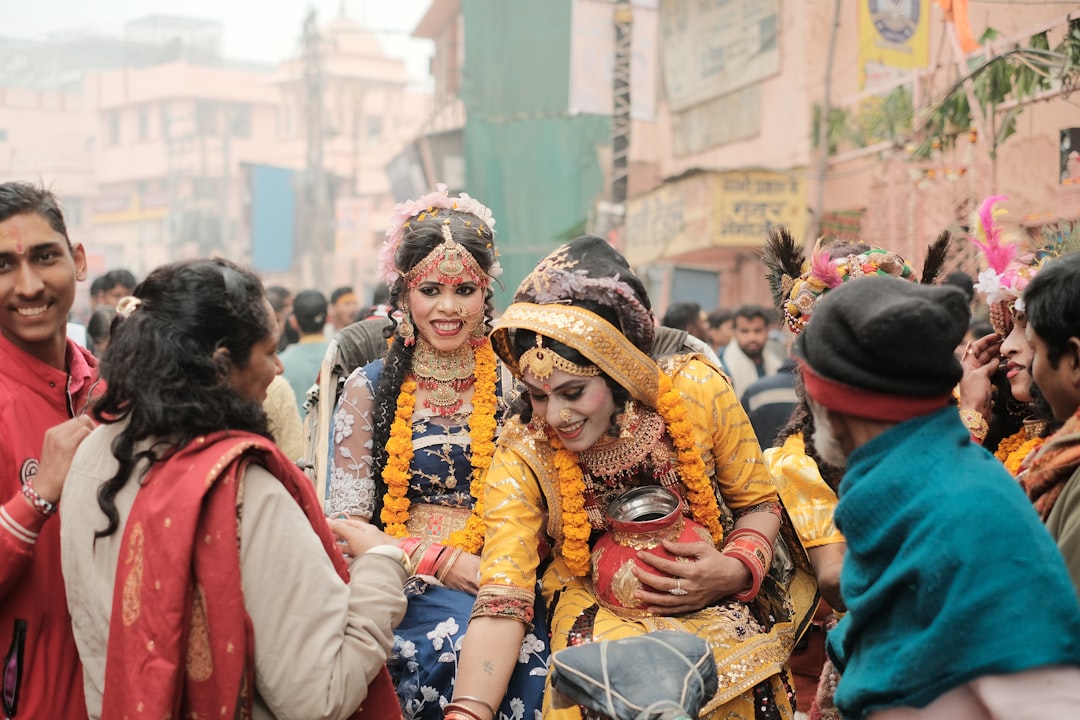
Among Louisiana’s most visually stunning Mardi Gras traditions are the Mardi Gras Indians, whose elaborate costumes represent months of artistic dedication and cultural preservation. Also called Mardi Gras Indians, tribes made up of Black New Orleanians create stunning hand-sewn suits and hold neighborhood gatherings. These intricate creations often take a full year to complete, with each suit representing thousands of hours of beadwork, featherwork, and craftsmanship.
The Mardi Gras Indian tradition demonstrates how Louisiana’s African-American communities have created their own distinct carnival celebrations within the larger Mardi Gras framework. Their neighborhood gatherings and walking parades showcase cultural pride and artistic excellence, contributing to Louisiana’s reputation as a place where diverse traditions flourish side by side.
The Legal Holiday That Defines Louisiana Uniqueness
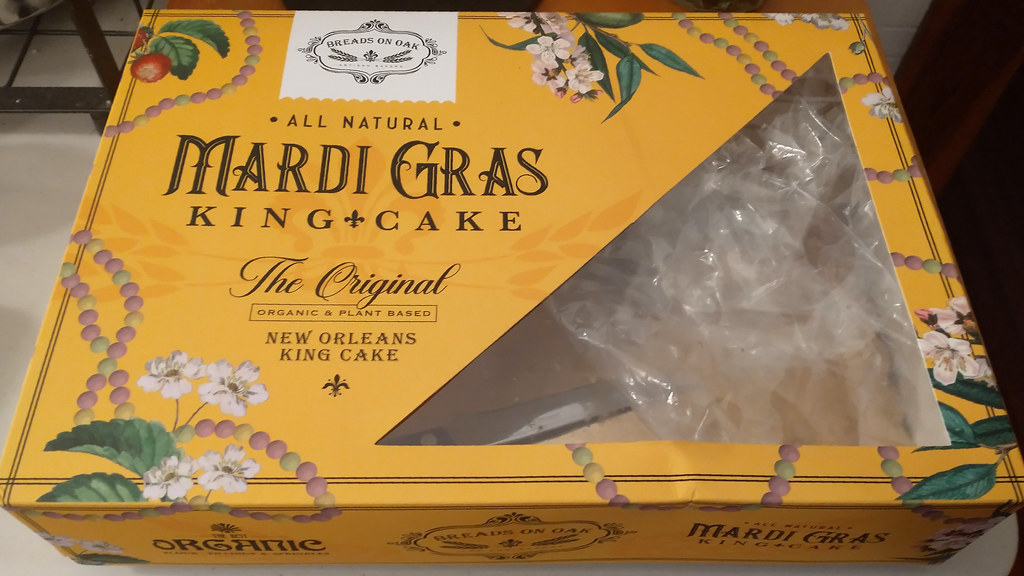
Louisiana’s commitment to Mardi Gras goes beyond cultural celebration—it’s literally written into law. Louisiana is the only state in which Mardi Gras is a legal holiday, a distinction that underscores the celebration’s fundamental importance to state identity. This legal recognition means schools, government offices, and many businesses close on Fat Tuesday, allowing entire communities to participate fully in the festivities.
The legal status of Mardi Gras in Louisiana reflects the state’s willingness to prioritize cultural celebration and community joy over conventional business concerns. In 1875, Governor Warmoth signed the “Mardi Gras Act,” making Fat Tuesday a legal holiday in Louisiana, cementing the celebration’s official importance and ensuring its continuation for future generations.
Modern Challenges and Future Adaptations
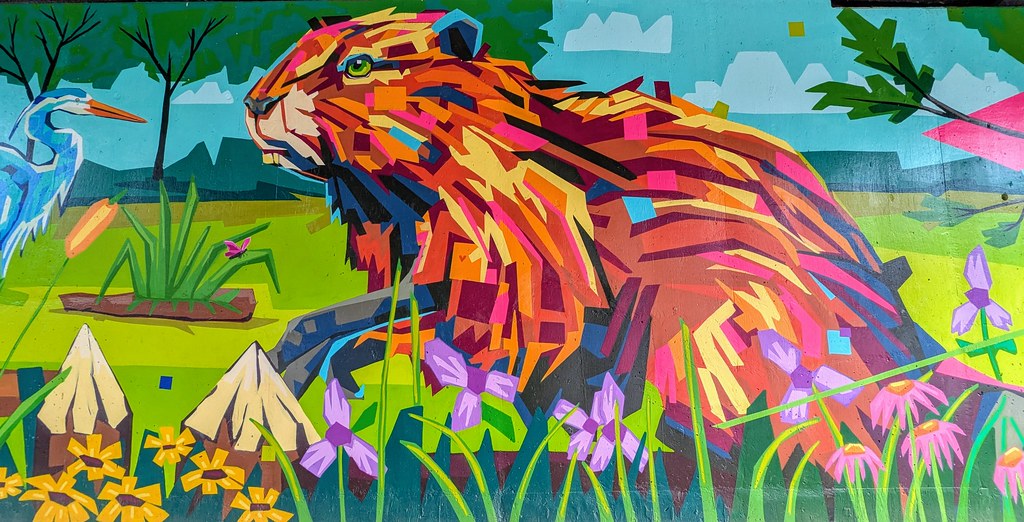
Recent years have tested Louisiana’s Mardi Gras traditions, forcing communities to adapt while preserving essential cultural elements. The COVID-19 pandemic led to creative solutions, with New Orleans mayor declaring that Mardi Gras 2021 would be “different, but not canceled,” leading residents to dress up their houses to replicate parade experiences. This adaptability demonstrates the resilience of Louisiana’s carnival spirit.
Looking toward the future, the University of New Orleans’ Hospitality Research Center received a $49,034 grant to assess the 2025 Mardi Gras season’s economic impact across Louisiana. Such research helps communities understand and maximize Mardi Gras benefits while addressing challenges like crowd management, environmental impact, and cultural preservation.
The Soul of Louisiana Lives in Carnival Season
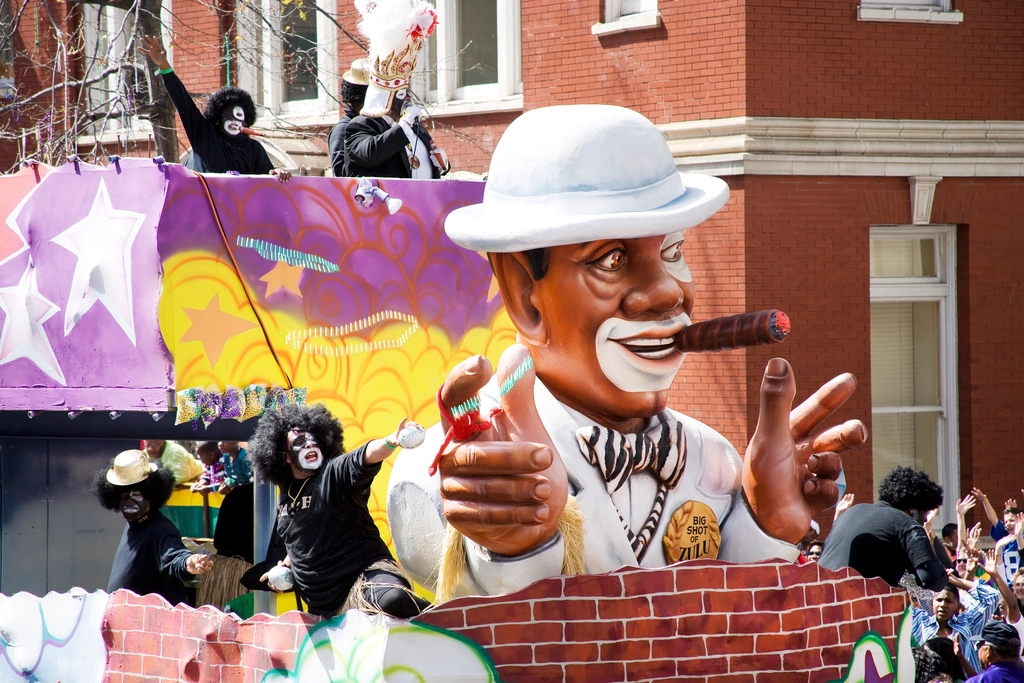
Louisiana’s Mardi Gras represents far more than parades and parties—it embodies the state’s core values of community, creativity, and celebration in the face of adversity. The tradition brings together people across racial, economic, and social lines in shared joy and cultural expression. From the elaborate floats of super krewes to intimate neighborhood celebrations, Mardi Gras creates space for every Louisiana resident to participate in something larger than themselves.
The annual transformation of Louisiana during Mardi Gras season reveals a state that prioritizes happiness, artistic expression, and community bonding. In a world often focused on productivity and efficiency, Louisiana’s commitment to carnival celebration offers a different model for living—one where joy, creativity, and human connection take center stage for months each year.
The purple, green, and gold that floods Louisiana each winter doesn’t just decorate the landscape—it illuminates the soul of a state that has made celebration an art form. When the last bead is thrown and the final float passes, Louisiana residents carry the spirit of Mardi Gras with them year-round, creating communities built on the radical idea that joy shared is joy multiplied. Isn’t that the kind of tradition worth preserving?



